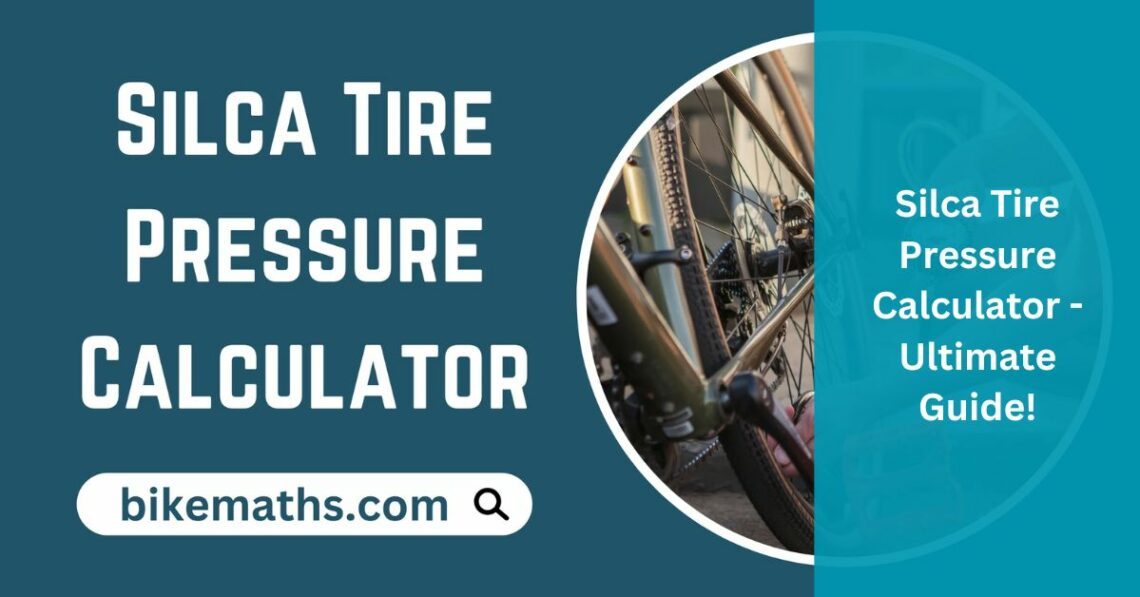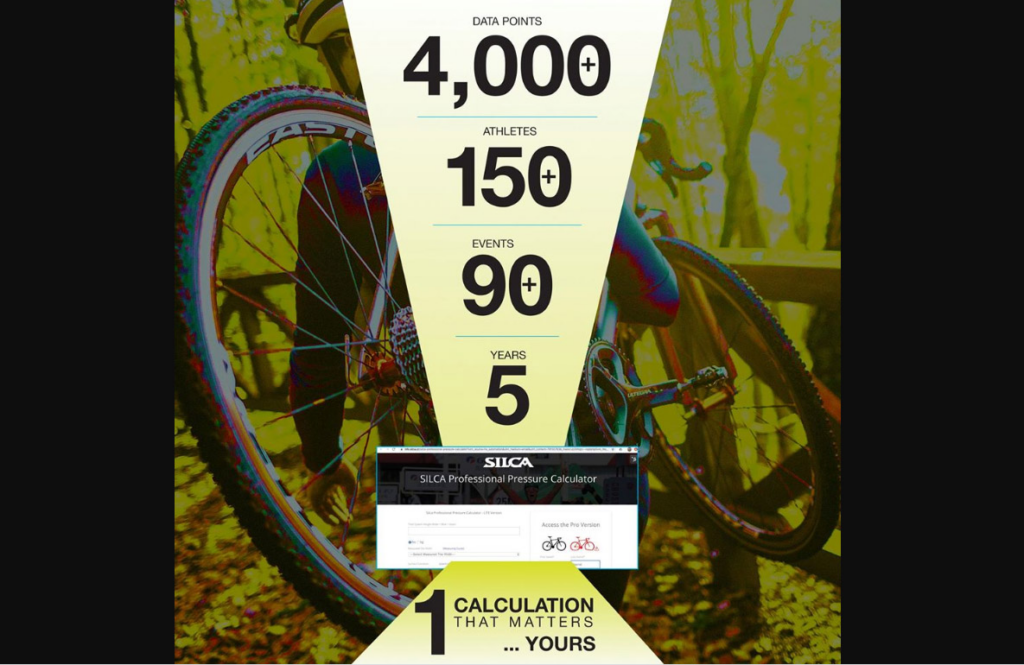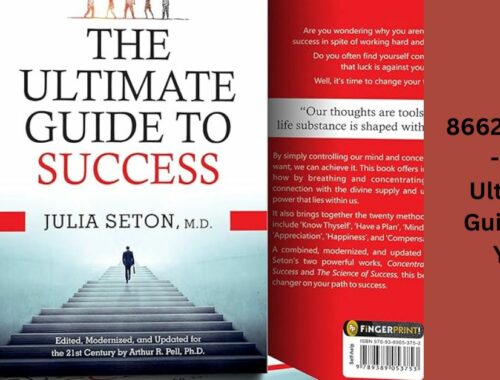
Silca Tire Pressure Calculator – Ultimate Guide!
In the world of cycling, every little detail counts. Everything plays a role in determining your performance on the road or trail, from the type of bike you ride to the gear you use.
One often overlooked aspect of cycling is tire pressure. Many cyclists don’t realize the significant impact that tire pressure can have on their ride quality, comfort, and performance.
That’s where tools like the Silca Tire Pressure Calculator come into play, helping cyclists dial in the perfect tire pressure for their needs.
Table of Contents
ToggleUnderstanding Tire Pressure – Here To Know!
Before we delve into the specifics of the Silca Tire Pressure Calculator, let’s first understand why tire pressure matters.

Tire pressure refers to the air inside a tire, typically measured in pounds per square inch (PSI) or bars. The proper tire pressure can affect various aspects of your ride, including:
Rolling Resistance:
Higher tire pressure reduces rolling resistance, making it easier to pedal and potentially improving speed.
Comfort:
Lower tire pressure absorbs more bumps and vibrations, resulting in a smoother and more comfortable ride.
Grip:
The right tire pressure ensures optimal contact between the tire and the road or trail, maximizing traction and grip.
Handling:
Proper tire pressure enhances bike handling, allowing for better cornering and control, especially in challenging terrain.
Puncture Resistance:
Correct tire pressure can help prevent pinch flats and reduce the risk of punctures by ensuring adequate tire support.
Given these factors, finding the proper tire pressure for your bike and riding conditions is crucial for maximizing performance, comfort, and safety.
Also Read: IS BULHEAD GOING OUT OF BUSINEES – ILLUMINATING THE TRUTH!
Introducing the Silca Tire Pressure Calculator – Check Now!
Silca, a renowned manufacturer of high-quality cycling accessories, offers a comprehensive tire pressure calculator to help cyclists determine the ideal tire pressure for their specific setup and preferences.

The Silca Tire Pressure Calculator considers various factors to provide personalized recommendations, ensuring an optimal riding experience.
Bike Type Selection:
The calculator allows users to specify the type of bike they ride, such as road, gravel, cyclocross, or mountain bike. Different bike types may require other tire pressures based on tire width, terrain, and riding style.
Rider Weight:
Inputting your weight is essential for calculating the appropriate tire pressure, as heavier riders may require higher pressures to support their weight and prevent pinch flats.
Tire Width:
The calculator considers the width of your tires, as wider tires typically require lower pressures for optimal performance and comfort compared to narrower tires.
Riding Conditions:
Users can specify the terrain they’ll be riding on: smooth pavement, rough gravel roads, muddy trails, or technical singletrack. Different riding conditions may necessitate adjustments to tire pressure for optimal grip and traction.
Preferences:
Cyclists can also factor in their preferences regarding ride quality, prioritizing either comfort or performance. The calculator provides recommendations based on these preferences, balancing speed and ease.
Also Read: FAIRLIFE MILK SHORTAGE – UNDERSTANDING CAUSES AND SOLUTIONS!
How to Use the Silca Tire Pressure Calculator – Delve Now!
Using the Silica Tire Pressure Calculator is simple. Here’s a step-by-step guide:
- Visit the Silca website or access the calculator through the Silca smartphone app.
- Enter Bike Details: Select your bike type (road, gravel, mountain, etc.), rider weight, tire width, and riding conditions.
- Specify Preferences: Indicate your preferences regarding ride quality (comfort vs. performance).
- Get Recommendations: Once you’ve entered all the relevant information, the calculator will generate personalized tire pressure recommendations for your bike and riding conditions.
- Adjust as Needed: Use the recommended tire pressure as a starting point and fine-tune it based on your experience and riding preferences. Factors like weather conditions, load (e.g., backpacking gear), and tire brand/model may also influence tire pressure adjustments.
Benefits of Using the Silca Tire Pressure Calculator – Here Are The Benefits!
Optimized Performance:
By dialing in the correct tire pressure, cyclists can enjoy improved performance, whether racing on the road, tackling challenging trails, or embarking on long-distance adventures.

Enhanced Comfort:
Finding the proper tire pressure can significantly improve ride comfort by reducing vibrations and smoothing rough terrain, resulting in a more enjoyable cycling experience, especially on long rides.
Increased Safety:
Proper tire pressure helps prevent pinch flats and reduces the risk of punctures, enhancing overall safety on the road or trail.
Confidence:
With personalized tire pressure recommendations from Silca, cyclists can ride confidently, knowing that they’ve optimized their setup for the best possible performance and comfort.
Conclusion:
An aspect of cycling that is frequently underestimated is tire pressure. It’s common for cyclists to underestimate the profound influence tire pressure can have on their overall ride experience, encompassing factors such as ride quality, comfort, and performance.
FAQ’s:
1. Why does tire pressure matter in cycling?
Tire pressure affects ride quality, comfort, and performance by impacting factors like rolling resistance and grip.
2. How do I determine the right tire pressure for my bike?
Factors such as rider weight, tire width, and riding conditions play a role in determining optimal tire pressure.
3. What happens if my tire pressure is too high?
Excessive tire pressure can result in a harsh ride, reduced traction, and an increased risk of punctures or blowouts.
4. What are the consequences of low tire pressure?
Low tire pressure can lead to sluggish handling, increased rolling resistance, and a higher susceptibility to pinch flats.
5. How often should I check my tire pressure?
Checking tire pressure before every ride is recommended, as it can fluctuate due to temperature and riding conditions.
6. Can tire pressure affect my cycling performance?
Yes, dialing in the correct tire pressure can improve speed, handling, and overall performance, making it a crucial aspect of cycling optimization.
You May Also Like

Approved By One’s Insurance Company Crossword – Let’s Explore!
November 15, 2023
Rent-A-Car Insurance Maria Otosigna – Let’s Discover In 2024
January 23, 2024

